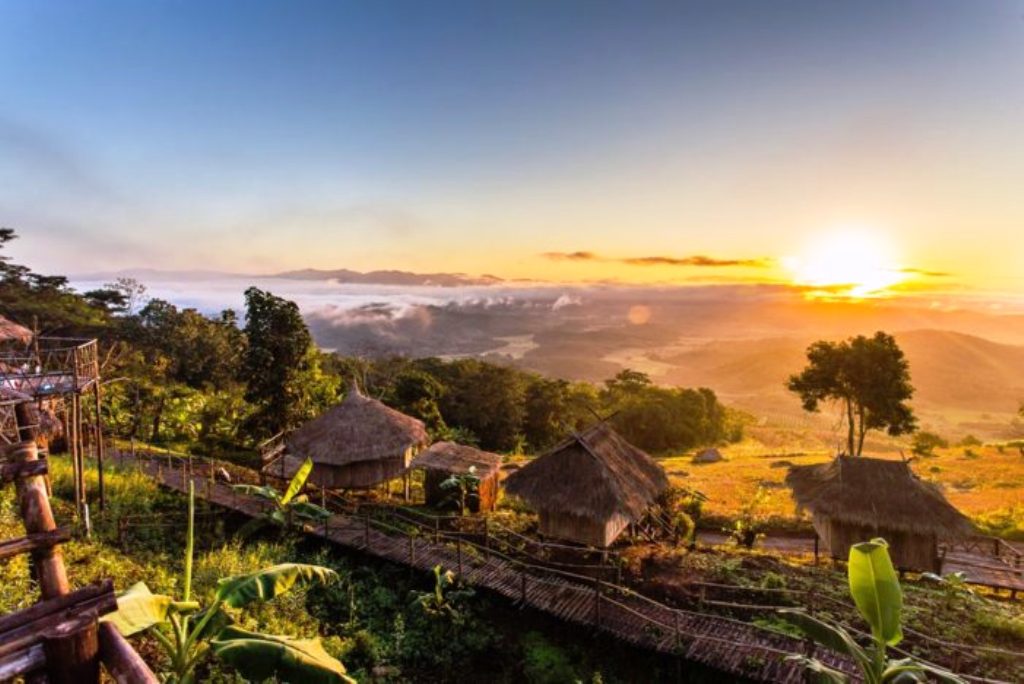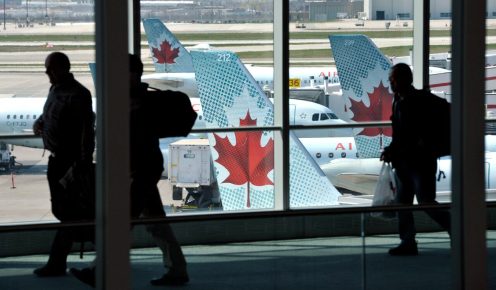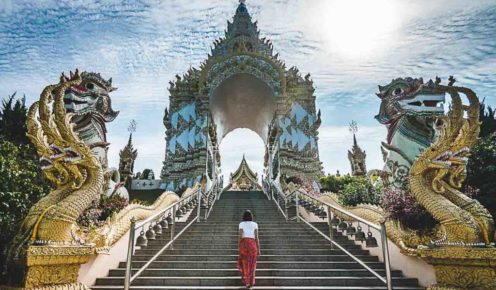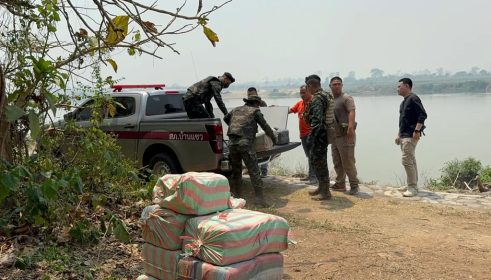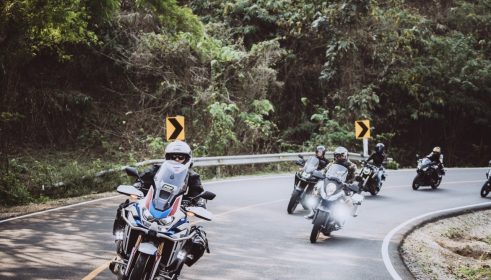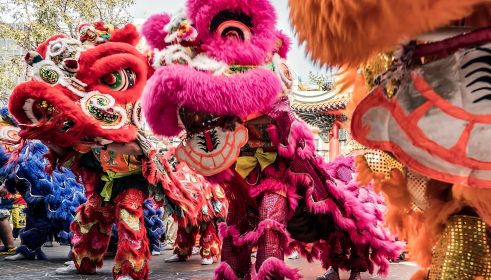CHIANG RAI – The living history of northern Thailand feels substantively different from what you’d find in Europe or the Americas. The smaller of the two main cities in the region, Chiang Rai was founded by King Mangrai in 1262 and became the first capital of the Lanna Kingdom. The more widely known Chiang Mai was actually established three decades later as he sought to expand his rule.
Vibrant temples and artifacts continue the legacy from northern Thailand’s earliest days with a range of religious landmarks (mostly Buddhist) spanning almost 700 years. Colorful, golden shrines thrive at every turn in this corner of Southeast Asia. It would take years to see them all, and many of the millions who come here annually visit a very small fraction of the sites, anyway.
In terms of luxury travel, a couple familiar brands have established retreats and are a cut above the best offerings available. Many feature an incredible level of hospitality that matches the graciousness and welcoming spirit of the Thai people.
Most visitors start their journey in Chiang Mai and either take day trips or two- to three-day excursions north to the intersection where Thailand, Laos, and Myanmar meet, known as the Golden Triangle. A number of Westerners do make this trek, although Chinese visitors outnumber them by far.
Even though it’s the hottest time of year, Songkran (Buddhist New Year) in mid-April is a popular time to visit. October through-January is cooler, while late January to early April is best avoided, as that’s the regional crop burning season within all three countries and the air fills with a thick, smoky haze.

En route to the Golden Triangle, the White Temple outside Chiang Rai and Blue Temple in the city are worth a stop. These magnificent structures are modern testaments to the creativity of Buddhism and are easily accessible. The artwork and detail on both is fascinating and breathtaking.
The Golden Triangle itself is best experienced with the expertise of a local guide. They’ll help you unlock and understand the unsavory past of the area while highlighting its current-day significance. The registration process to cross into Laos or Myanmar can be confusing, depending on your passport nationality.

The riverside remains mostly undeveloped, albeit with a few luxury hotels along the waterfront. To fully appreciate the beauty of the Mae Kok, it is best to hire a long-tail boat and take in the scenery along the two riverbanks. At the end of the day, Chiang Rai City is all about chilling out and taking it in slowly, savoring each moment as it comes.
Discover the Beauty of Chiang Rai

